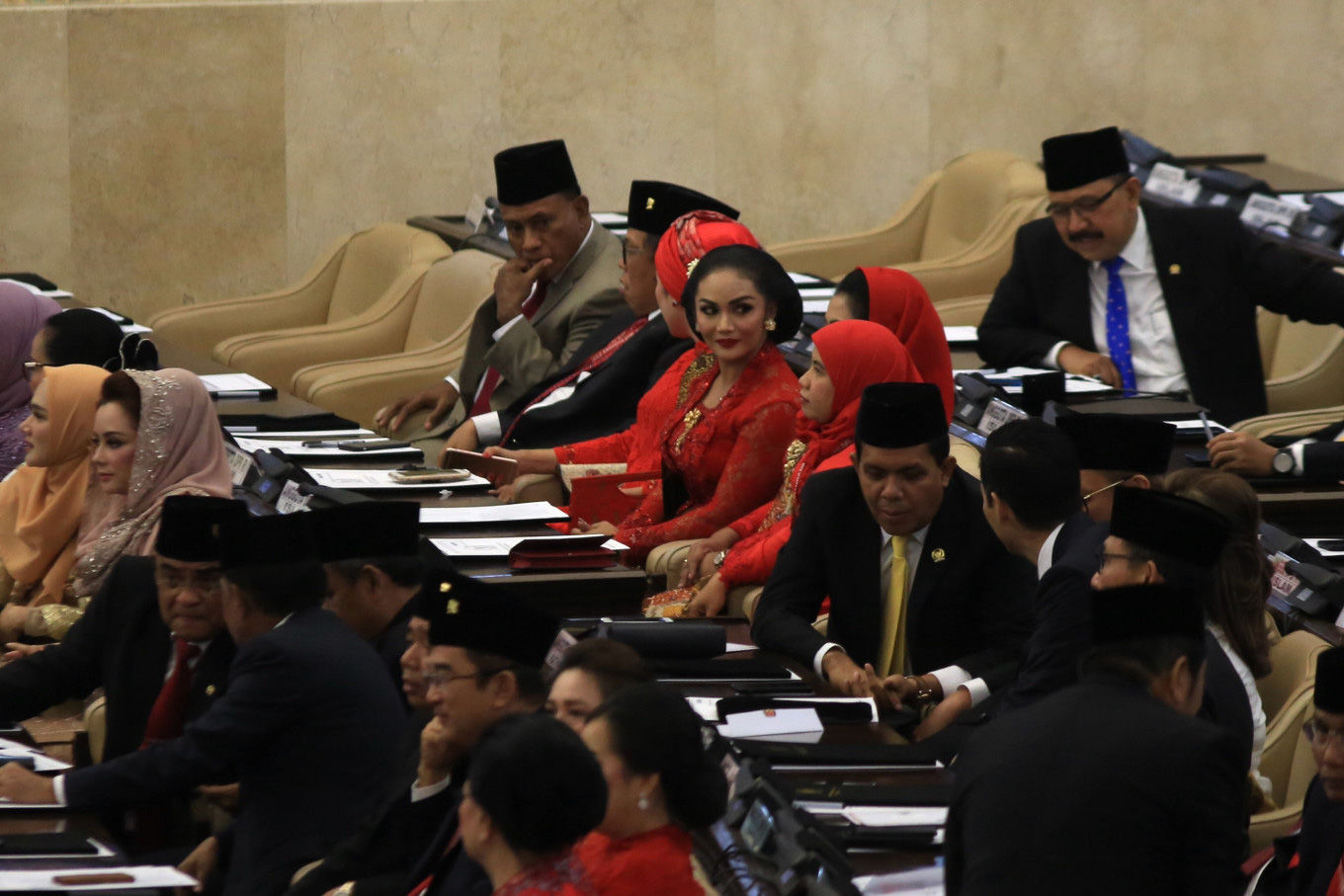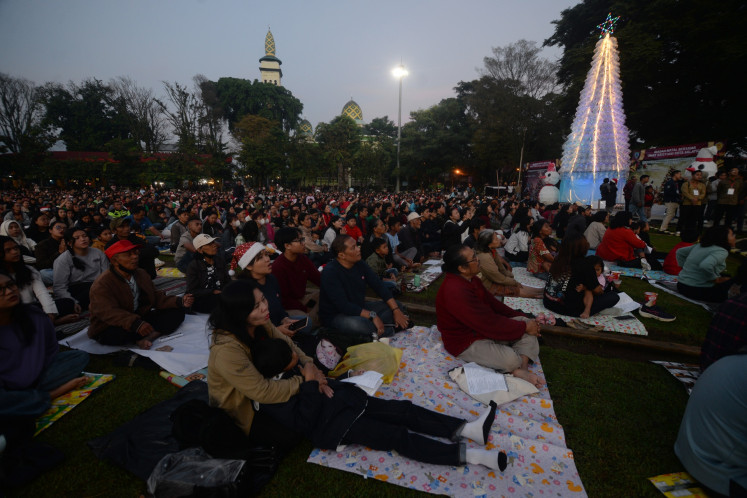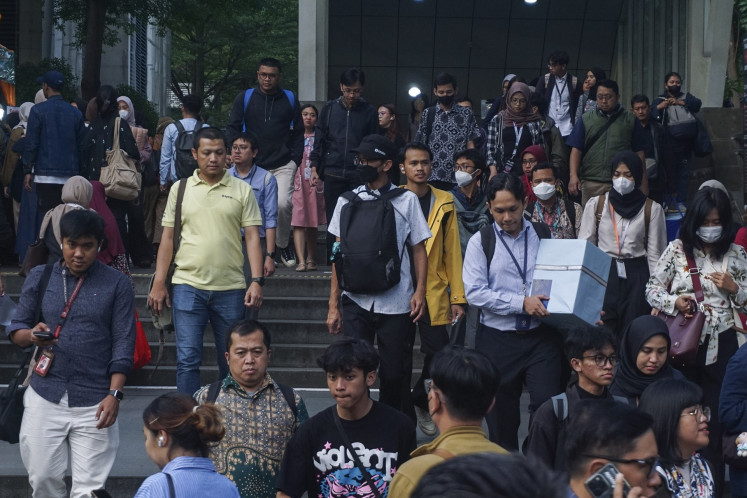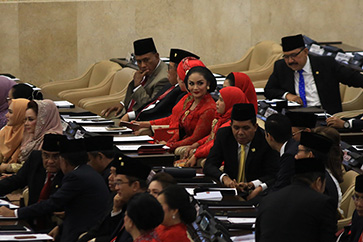Popular Reads
Top Results
Can't find what you're looking for?
View all search resultsPopular Reads
Top Results
Can't find what you're looking for?
View all search resultsMore women in Indonesian politics has not reduced graft
A greater presence of women in the House does not appear to reduce corruption; instead, they seem to reproduce graft. Perhaps, if there were equal numbers of women and men in the House, the number of women involved in corruption scandals would also be equal.
Change text size
Gift Premium Articles
to Anyone
T
he implementation of the 30 percent electoral gender quota since the 2004 election has provided a window of opportunity for women in Indonesia’s political arena.
According to the General Elections Law, political parties must nominate at least 30 percent women for their candidates for the House of Representatives and local legislative councils.
In the 2019 to 2024 period, women’s representation in the House has reached 20.5 percent, or 118 out of 575 seats, rising from 17.3 percent in the last period, making the share in the current period the highest in the Reform Era. It is also remarkable that a woman, former minister Puan Maharani, has been appointed as speaker.
Many believe that the quotas might at least promote the roles of female lawmakers to reduce the level of corruption. In many countries, it has been found that the presence of women in the legislature has had a negative correlation with the level of corruption, as women are less likely to engage in corrupt behavior than men.
After analyzing data mainly from Statistics Indonesia (BPS), and a Sept. 19 report from Tirto.id, on corruption scandals of 23 lawmakers in the House before the KPK law revision, I found that fewer female lawmakers had been involved in corruption scandals than their male counterparts since 2004. These numbers, of course, might change as many cases are still under investigation, such as the e-ID case. However, instead of reducing corruption, the greater presence of women in the House seems to run parallel to the proportion of women involved in corruption.
Of 65 female lawmakers serving from 2004 to 2009, none were involved in corruption. From 2009 to 2014, more women entered the House, but more of them were also involved in corruption. Four out of 100 female lawmakers were embroiled in corruption scandals, including Angelina Sondakh in the Hambalang spots complex graft case involving Democratic Party politicians including Angelina and then-sports minister Andi Mallarengeng.
From 2014 to 2019, the proportion continued to increase with 5.15 percent or 5 out of 97 female lawmakers being caught in corruption cases. They also remained at the core of some high-profile corruption scandals, such as those involving Dewi Y. Limpo and Eni M. Saragih. Dewi, a sister of then-South Sulawesi governor Syahrul Limpo was caught red-handed receiving bribes related to a micro hydro power plant. Eni was also caught accepting bribes related to a coal-fired power plant construction project in Riau.


















